Passive fire protection
Solutions for PASSIVE FIRE PROTECTION of timber, concrete and hybrid structures.
Protect your structures with Rothoblaas products. These fire-resistant products are designed to ensure fire safetyfor timber, concrete and hybrid systems, and are tested for applications on walls, roofs, floors and joints.
What is PASSIVE FIRE PROTECTION?
Passive fire protection involves measures designed to contain and limit the spread of fire without the need for human intervention or activation of automatic systems.
Since passive fire protection measures possess specific chemical-physical properties and construction characteristics, they must be integrated during the design phase to effectively limit the spread of fires.
What is RESISTANCE TO FIRE?
Resistance to fire indicates the ability of a building element to maintain structural stability during a fire for a certain period. At the same time, it ensures the ability to compartmentalise against smoke and hot gases generated by combustion.
The primary goal of fire resistance is to ensure the structural load-bearing capacity is maintained under fire conditions, preventing harm to people and property.
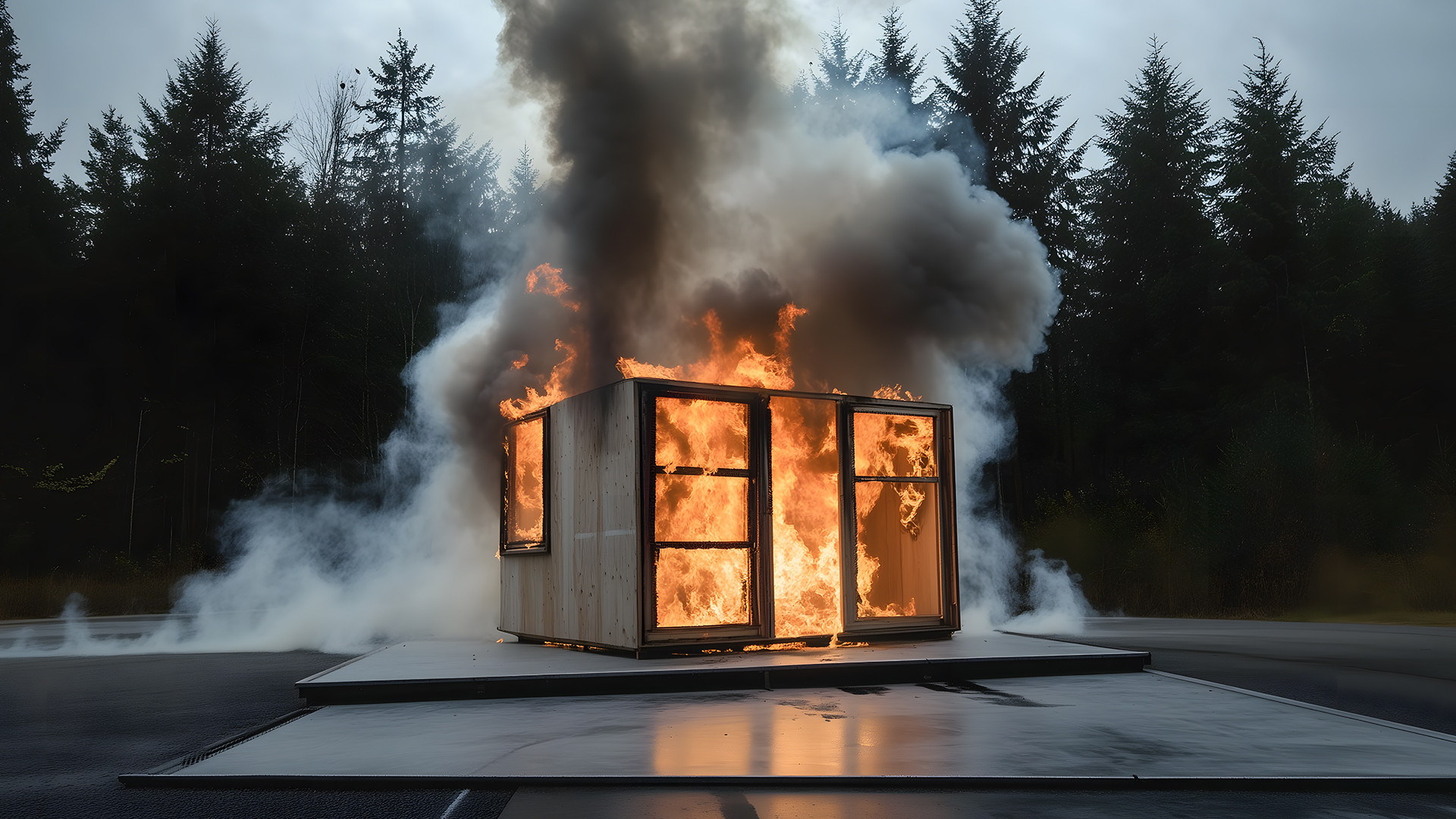
REACTION TO FIRE AND FIRE BEHAVIOUR
How do products react in the event of a fire?
In the field of passive fire protection, it is essential to understand how various materials react to fire, thus ensuring the maximum safety of the building and its occupants. A product’s reaction to fire defines its response during a fire: its decomposition may or may not contribute to the spread of the fire.
Examples of fire behaviour:
Why you should choose Rothoblaas passive fire protection solutions:
Certified
They come with ETA certifications for timber, offering performance beyond market standards.
Versatile
They are versatile, suitable for CLT, solid timber and concrete.
CLT
The range includes products for service penetrations in CLT constructions.
Laboratory tested
The solutions are tested both in laboratories and on full-scale projects.
Detailed test reports are available for download:
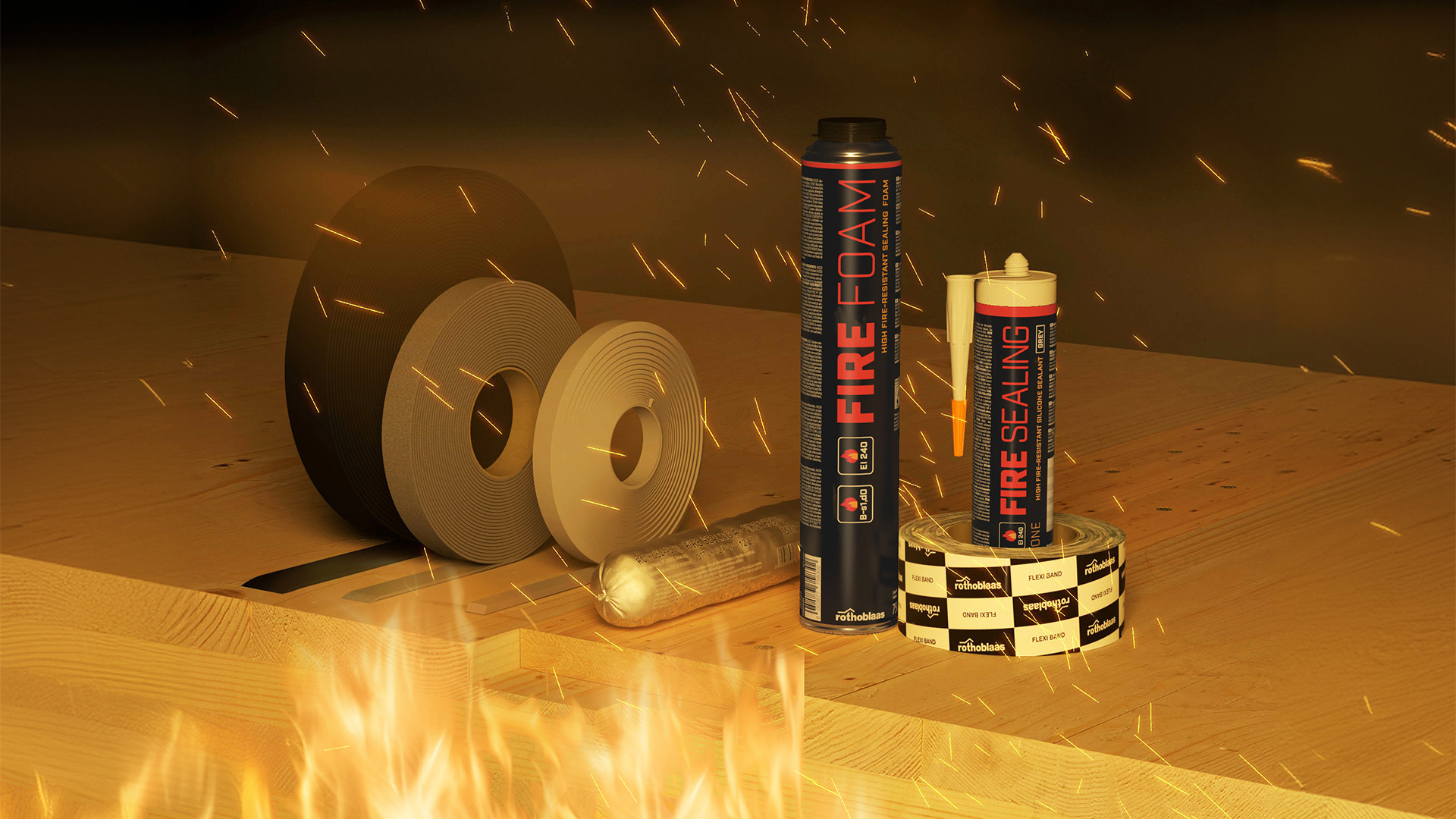
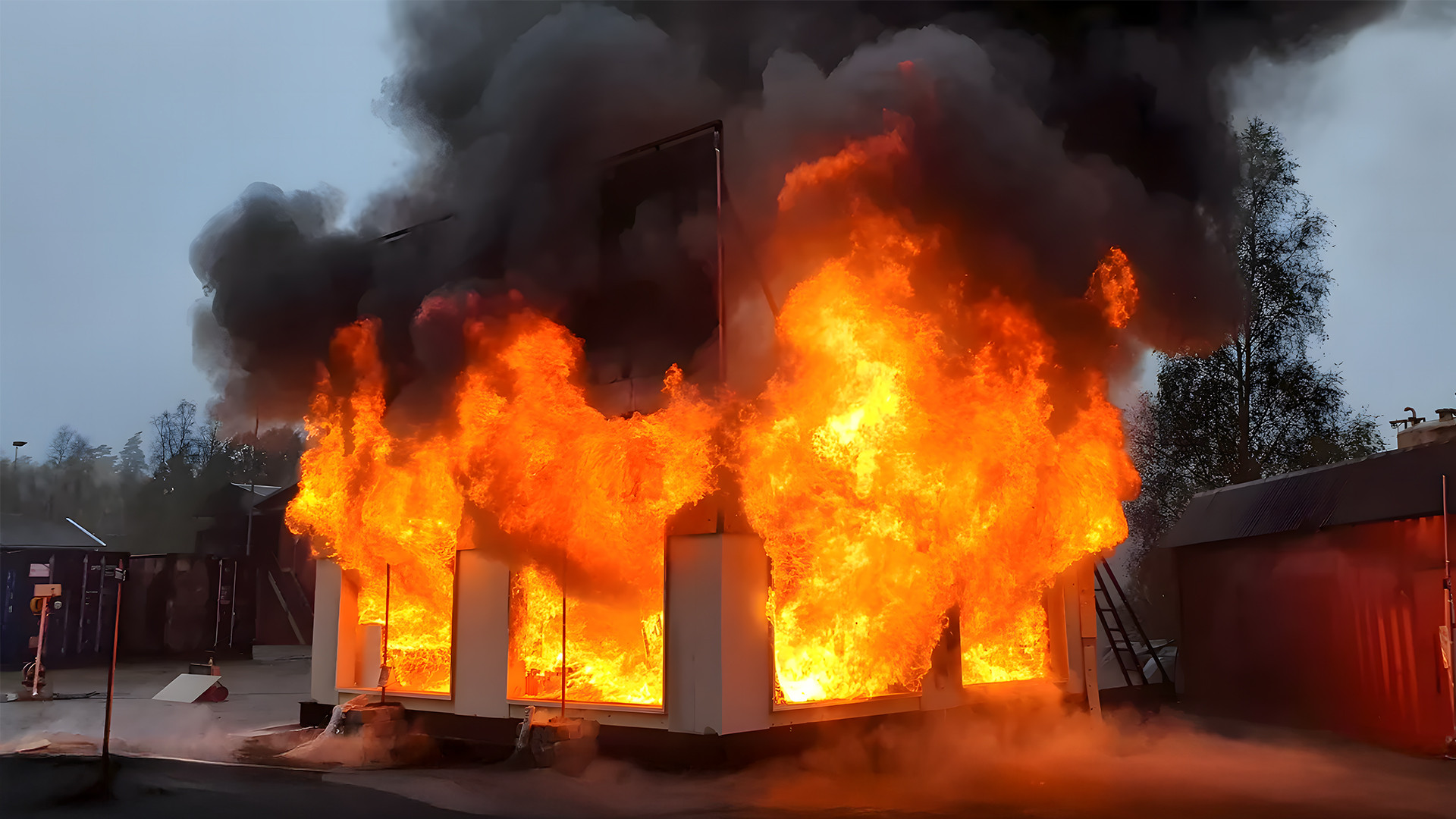
Full-scale testing
Fire Safe implementation of visible mass timber in tall buildings – compartment fire testing
Passive fire protection solutions and products
Here you can find fire-resistant products divided by application: service penetrations, linear joints, walls, roofs and floors.
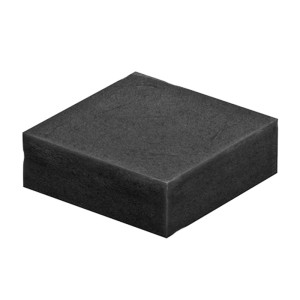
INTUMESCENT BRICK FOR MECHANICAL AND ELECTRICAL TECHNICAL PENETRATIONS
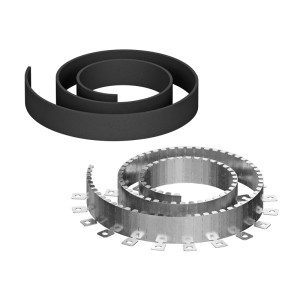
ROLL OF FIRESTOP COLLAR FOR MECHANICAL AND ELECTRICAL TECHNICAL PENETRATIONS
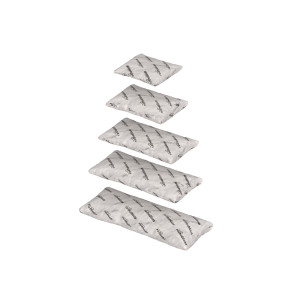
FIREPROOF BAG FOR CABLE TRAY PENETRATIONS
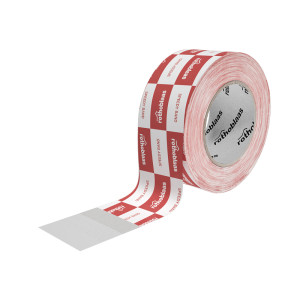
UNIVERSAL SINGLE-SIDED TAPE WITHOUT RELEASE LINER
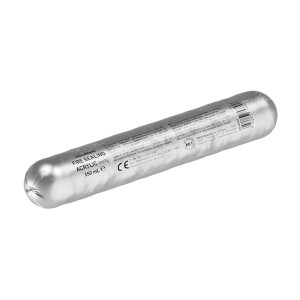
HIGH FIRE-RESISTANT ACRYLIC SEALANT

TWO-COMPONENT FIREPROOF POLYURETHANE FOAM SUPPLEMENTED WITH GRAPHITE
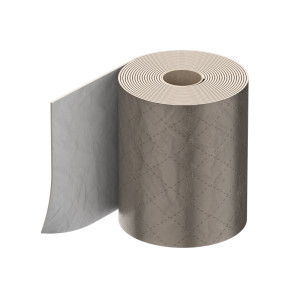
FIREPROOF COVER FOR METAL PIPE PENETRATIONS

SELF-ADHESIVE PROTECTIVE MEMBRANE FOR BUILDING ELEMENTS
FIRE RESISTANCE FAQ
FIRE PROTECTION: WHAT IS IT?
Fire protection involves implementing preventive measures to lower the probability of a fire starting and possibly minimise damage in the event of a fire.
Fire protection safeguards people, property and the environment through safety measures and protective actions.
WHAT IS THE DIFFERENCE BETWEEN PASSIVE AND ACTIVE FIRE PROTECTION?
Passive protection involves measures designed to contain and limit the spread of fire without the need for human intervention or activation of automatic systems.
Vice versa, active protection involves direct human intervention or the activation of a system (e.g. extinguisher, sprinkler or other).
IS PASSIVE FIRE PROTECTION IMPORTANT?
Passive fire protection is essential and must be planned as early as the design stage. It addresses two key factors: time and space. Passive protection is integrated into the building’s structure and ensures safety for a specified period without the need for external intervention. Fire resistance is the core characteristic of passive protection.
WHAT DOES RESISTANCE TO FIRE MEAN?
Resistance to fire indicates the ability of a material or structure to maintain its integrity, stability and thermal insulation during exposure to fire for a specified period of time.
REI, WHAT IS IT?
REI is an index that measures the ability of a material or structure to resist fire, prevent the spread of flames and limit heat transfer, maintaining these characteristics for a specified period of time.
R = LOAD-BEARING = The ability of a construction element (surface, cladding, structural component) to preserve its structural stability during a fire
E = INTEGRITY = The ability of the construction element to prevent the passage of flames, vapours and hot gases to the side not exposed to the fire
I = THERMAL INSULATION = the ability of the construction element to limit the transfer of heat towards the side not exposed to the fire, keeping the temperature below 180°C
WHAT ARE THE FIRE RESISTANCE RATINGS?
Fire resistance ratings are expressed in minutes. They are the numbers following the REI index and indicate how long a material or structure retains its resistance, insulation and ability to prevent the spread of fire, ensuring the safety of individuals and facilitating the evacuation of the building.
The REI scale is: 15, 20, 30, 45, 60, 90, 120, 180, 240 and 360 minutes.
E.g.: a REI120 rating indicates that the mechanical resistance, smoke-tightness and thermal insulation of the element are maintained for 120 minutes from the outbreak of the fire.
DIFFERENCE BETWEEN RESISTANCE AND REACTION TO FIRE
The resistance to fire denotes the ability of a material or structure to maintain its integrity and functionality during exposure to fire for a certain period of time.
The reaction to fire, on the other hand, refers to the propensity of a material to contribute or otherwise to the fire. Different ratings are applied depending on the behaviour of the materials, ranging from non-combustible to highly flammable materials.
The reaction to fire classifications, according to EN 13501-1, indicate combustibility, smoke density and the danger posed by droplets.
FIRE BEHAVIOUR OF TIMBER
Timber is a combustible material that burns at a predictable rate: when exposed to fire, a portion of the cross section is lost through charring and pyrolysis while the inner, residual section retains its mechanical characteristics (strength and stiffness).
The charred layer acts as an insulator against heat penetration into the section, as the hot gases produced during pyrolysis slow down the temperature increase in the layer itself.

